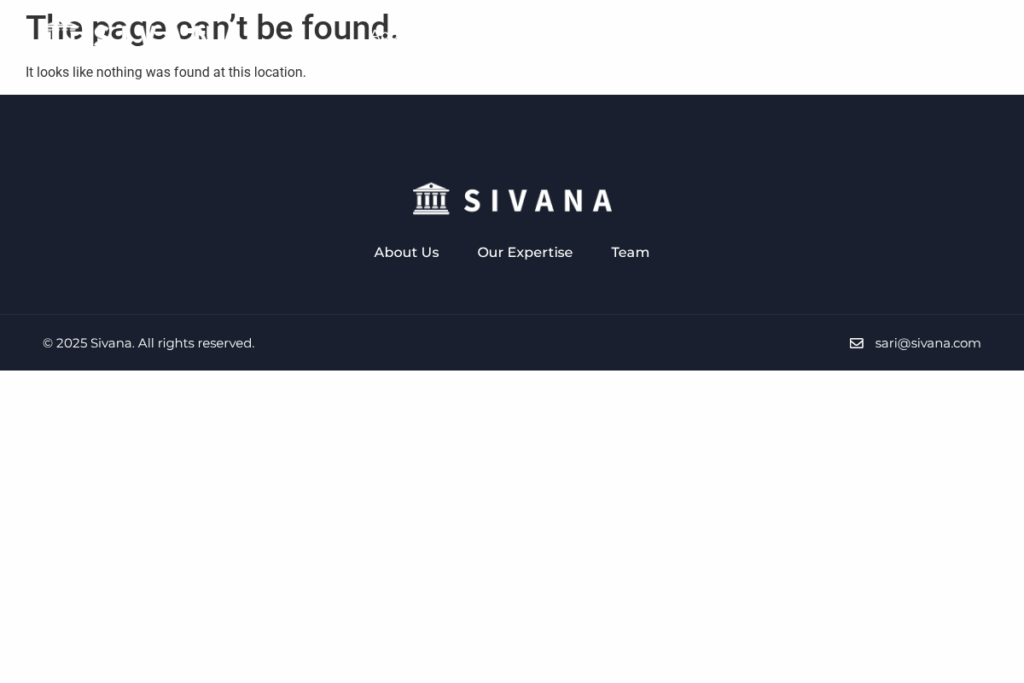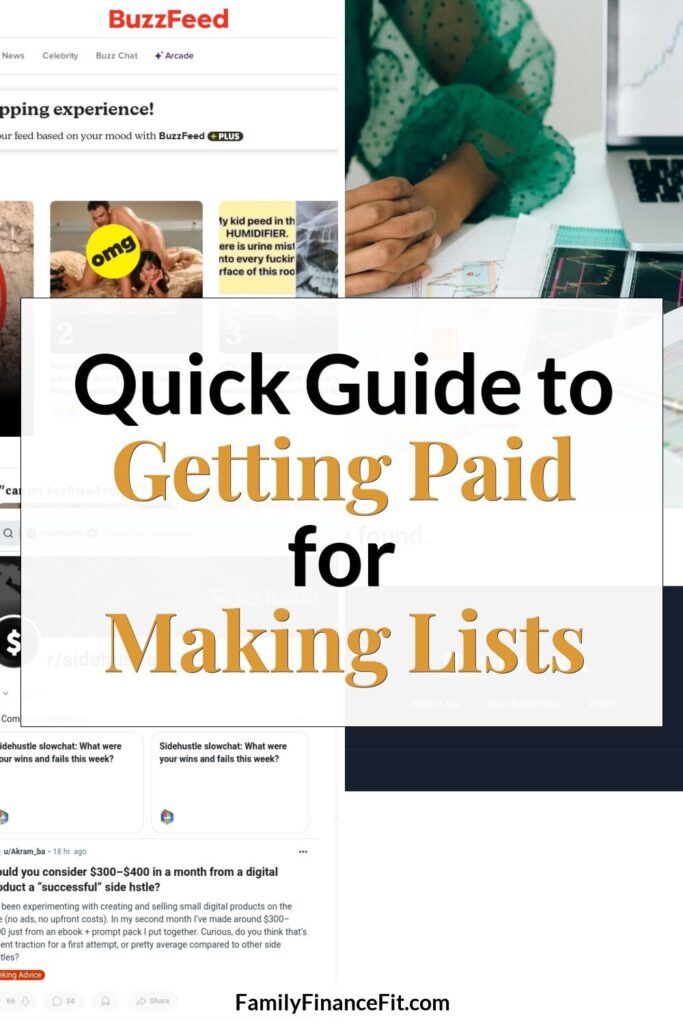
Making lists is more than just a productivity hack—it’s also a legitimate way to earn extra income online. Whether you love organizing, reviewing products, or brainstorming new ideas, people and businesses will pay for well-crafted lists. This guide walks you through how to transform your knack for list-making into a profitable side hustle, with practical steps, online tools, and tips for standing out in this unique gig economy niche.
1. Discover Where List-Making Pays

The first step is knowing where the demand for lists exists. Platforms like Listverse and Sivana pay users for unique, interesting lists on topics ranging from trivia to life hacks. Many freelance job boards and gig market sites also advertise one-time or ongoing gigs for list creation, often in content, research, or data-organizing roles. Regularly browse sites such as Upwork for client postings. By exploring several platforms, you maximize your chances of finding opportunities that match your interests and expertise. If you enjoy similar “easy money” activities, check out our guide on earning by copying and pasting online.
2. Identify Your Niche and Strengths

Next, consider what topics and list types you most enjoy—and can deliver well. Popular paid lists include product recommendations, how-to checklists, pop culture trivia, and productivity tips. Stick to subjects you know or are willing to research, as your expertise will shine through and appeal more to publishers. If you’re keen on privacy or working behind-the-scenes, this is a top option to add to introvert-friendly side jobs. Explore communities on Reddit Side Hustle for inspiration and niche ideas. The more unique your angle, the more likely your lists are to sell.
3. Build Sample Lists and a Portfolio

Showcasing your skills is vital. Start by crafting 3–5 sample lists in your chosen categories. Use clear formatting, catchy headlines, and concise points. Free tools like Google Docs make sharing easy, but consider building a simple website or portfolio on Carrd to host and display your best work professionally. Aim to demonstrate both creativity and accuracy; publishers want lists that inform or entertain without fluff. If you need inspiration, browse published lists on BuzzFeed to see what draws attention and engagement.

4. Pitch to Websites and Content Platforms
Armed with your samples, research websites that buy lists directly. Read contributor guidelines on sites such as Listverse or Taste of Home before submitting. Craft email pitches that outline your idea, briefly introduce yourself, and link relevant sample lists or your portfolio. Editors appreciate concise professionalism and a clear fit for their existing content. Sending personalized pitches increases your acceptance chances. Many publishers respond best to compelling, original ideas. Persistence is key since opportunities can be competitive—but the payout for accepted lists is often worth the effort.
5. Monetize Lists with Social Media and Blogs
Don’t rely only on pitching—grow your own platforms by sharing lists on social media or a personal blog. Sites like Medium let you publish easily and can pay you through their Partner Program for highly viewed content. You can also leverage Linktree strategies to drive traffic to multiple list posts at once. Social media, especially platforms that reward engagement or clicks, can amplify your reach and income. If you have a knack for creating viral or quirky listicles, look into earning through platforms that reward scrolling or watching content, similar to opportunities covered in our guide on getting paid for simply scrolling.

6. Optimize for SEO and Audience Needs
To make lists that sell and get noticed, study the basics of SEO techniques. Research keywords, trends, and audience interests before writing. Use clear, descriptive titles and organize each list for readability. If your work appears higher in search results, you attract more paying opportunities and recurring gigs. Staying updated with tools like Answer the Public helps you spot trending topics people are searching for—ideal for timely or evergreen lists. Consistently integrating SEO makes your lists valuable and discoverable for publishers and independent readers alike.
7. Collect Payments and Build a Reputation

Once your lists are accepted or popular, choose reliable ways to collect your earnings. Most publishers pay through PayPal or bank transfer. Track your submissions and invoices to ensure you get paid promptly. Use feedback from editors and audiences to refine your style, boost ratings, and grow your reputation. Good reviews or testimonials pave the way for higher rates and repeat work. Secure your clients’ trust by meeting deadlines and maintaining open communication. As you build credibility, you can branch out into related gigs like online teaching roles or freelance writing—further diversifying your income streams.
Turning your love for making lists into a paid side hustle is simple with dedication and the right approach. Many successful freelancers start by selling small lists and eventually build thriving businesses. Keep refining your process, exploring new platforms, and staying updated with what publishers want. With consistency, you can transform everyday list-making into a rewarding income source.

